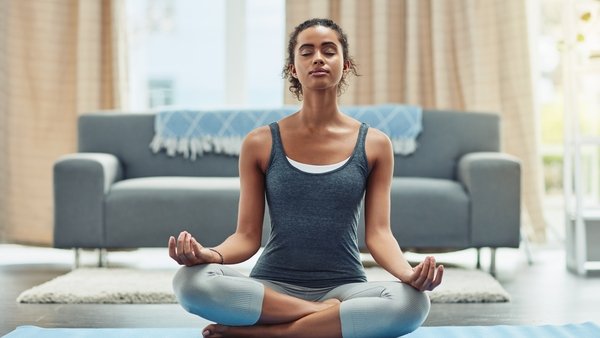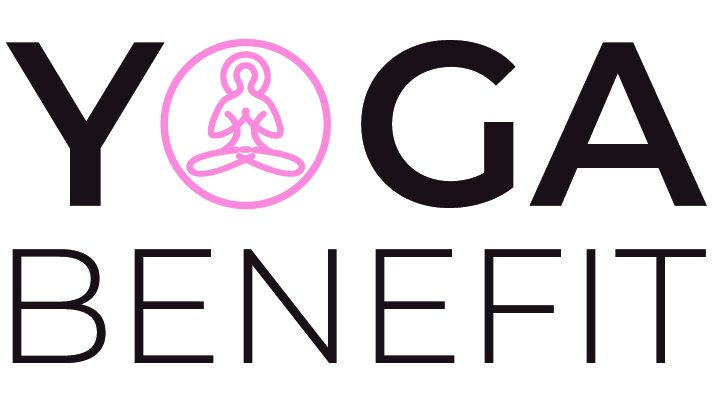Yoga is often seen as a form physical exercise. Toning, stretching, strengthening, and increasing flexibility. Imagine if I told you that yoga classes are not just about the shapes people make. Yoga is part of a larger philosophy. Yoga is more than what you do on the yoga mat. It also incorporates your daily life. After a few years of practicing yoga, I was curious to find out more about it. Is it really what you think? It was invented by who? How did I feel more relaxed after doing some mat exercises a few times per week? Acceptance of the challenges life brings and their results. Smile at the person in front me in the supermarket line who ran off to grab the item they forgot on the farthest shelf from the checkout.

Eight Steps to Yoga
My mind was blown by the first book I tried to read on yoga. It was not a good book. It was full words that I struggled to understand. I didn’t like the sentences. It was confusing to me overall so I left it behind and continued my work on the mat. After spending some time decoding the philosophy of yoga, I’d like to simplify the process a bit to save your time. To make sure you don’t abandon the first book of yoga you read. This week I’ll try to give an overview of the yogic philosophy and its structure. And the path we take from the first time we touch our yoga mat.
What is Yoga?
Literally translating to ‘to yoke,’ the term ‘yoga” refers to the union of body, mind, and spirit. Perhaps this is too deep for your liking? You’re usually completely focused on the present moment, even if you have a few thoughts about dinner later. What place should I put my arms? How should my feet be placed? Is it a twinge in my lower back or something else? Are you breathing? Your body, mind, and spirit are all fully aware and connected in the present.
Eight Limbs of Yoga by Patanjali
Around 200AD, Patanjali, an ancient Indian sage, created the Yoga Sutras. It was a guidebook for classical yoga that contained 195 “words of wisdom”. It is considered the definitive text on yoga. It combines the ancient tradition with modern science to provide a guidebook of sorts. Patanjali’s Yoga Sutra follows an eight fold path called ‘ashtanga’. ‘Ashta’ meaning ‘eight, ‘anga’ meaning ‘limb’ in Sanskrit. Each step serves as a guide for how to live a meaningful, purposeful life that incorporates moral and ethical codes, self-discipline, and mindfulness of our overall well-being. While the steps are listed in chronological order, it’s important to remember that not one limb is superior to another. All of them are interconnected and can be explored or practiced holistically. Are you still with me? Below are the eight limbs and benefits of yoga.
1. Yama
The ‘yamas’ are our attitude towards people and things outside of ourselves. Your code of ethics, morals, and integrity.
2. Niyama
These ‘niyamas’ refer to your personal observations. What we think and how we behave.
3. Asana
Asana is the physical practice and discipline of yoga. This is where we not only build our physical strength, flexibility, and balance but also where our focus turns inwards. We can observe how we react to difficult situations or times of weakness and learn to be more compassionate. This is where we learn to be more resilient, to let go, and to accept ourselves right now.
4. Pranayama
Prana can be translated as energy or life force. Our energy and ‘life force’ are derived from our breath. Pranayama is commonly understood to mean ‘breath control’. Breathing exercises can be done on their own or in Asana practice to calm the mind. Next time you are in a difficult pose, notice the changes. Breathe. Close your eyes. Take a deep breath and see what happens.
5. Pratyahara
The broad meaning of Pratyahara is to withdraw or retreat. We are simply referring to turning our attention from external distractions towards ourselves. Instead of focusing on the temperature in your room or noises outside, take a moment to notice what is happening. It’s possible to almost disconnect from the world around you, but still be aware of your senses.
6. Dharana
Each stage prepares for the next, and Pratyahara prepares for ‘Dharana,’ or ‘concentration. After removing all distractions from the outside world, we can now concentrate on our inner distractions. Your thoughts. Meditation is a way to slow down your thinking. Instead of focusing on getting the ironing done, the deadline at work, or the shoes you need in the shop, we focus on one act. This could be focusing on the breath, a mantra, or visualising an image.
7. Dhyana
While it may seem that Dharana and Dhyana are the same thing, there is a fine distinction between them. Dharana is a way to focus on one thing, while Dhyana allows you to be aware of everything around you. Dhyana means that the mind is totally still. Producing very few or no thoughts. This is the most difficult stage. It is important to remember that yoga is a process, not a perfectionism. We benefit from each stage of our practices, and not the final goal.
8. Samadhi
Samadhi is the last stage, which is a state of complete peace and transcendence. Enlightenment. It can be a difficult stage to attain, but it is possible. According to Patanjali’s Yoga Sutra, the yogi should practice Asana and Pranayama in preparation for Dharana. This helps to make space in the mind. Dhyana, Samadhi and Samadhi can only be followed after Dharana is achieved. Are you still with us? Yoga is more than a series or movements you create with your body. Yoga helps us become more aware of ourselves through physical exercise. As we observe our health, strength, flexibility, thoughts, reactions to challenges, and attitudes towards ourselves, we can grow. This is some powerful stuff. You don’t need to be absorbed in the philosophy. You can continue attending your weekly physical fitness class. Rest is just… what happens.
